Explore the Best AI Image Gallery

Beyond the Brush: How Wearable Tech Paints a New Canvas for Creativity
For centuries, creativity has been confined to traditional tools—brushes, pencils, clay. But today, a new era is dawning, where wearable technology is revolutionizing artistic expression and pushing the boundaries of imagination. From augmented reality glasses that overlay digital creations onto the physical world to haptic suits that translate sound into tactile sensations, wearables are empowering artists with unprecedented control and access to innovative mediums.
A Universe Within Reach: Applications of Wearable Tech in Creativity
The potential applications of wearable tech in the creative industry are vast and continuously expanding. Some notable examples include:
- Augmented Reality (AR) Art: AR glasses allow artists to superimpose digital elements onto physical spaces, creating immersive and interactive artworks that blend reality with fantasy.
- Haptic Design: Wearable haptic suits can translate sound into tactile feedback, enabling designers to experience the texture and feel of virtual objects before they are physically created. This opens up exciting possibilities for prototyping and product development in fields such as fashion, architecture, and industrial design.
- Gesture-Based Creation: Wearables equipped with motion sensors allow artists to control digital brushes, sculpt 3D models, or compose music using natural hand movements. This intuitive approach fosters a more fluid and expressive creative process.
The Ethical Canvas: Navigating the Challenges of Wearable Tech
As with any emerging technology, wearable tech in creativity comes with its share of ethical considerations:
- Data Privacy and Security: Wearables collect vast amounts of personal data, raising concerns about how this information is stored, used, and protected. It’s crucial to ensure transparency and user control over their data.
- Accessibility and Inclusivity: Wearable technology can be expensive and require technical expertise, potentially creating a digital divide and excluding individuals with disabilities or limited resources. Efforts must be made to make these tools accessible to all.
- Copyright and Ownership: The lines between authorship and collaboration blur when using AI-powered wearable tools. It’s important to establish clear guidelines for copyright and intellectual property rights in this evolving landscape.
Looking Ahead: The Future of Wearable Tech in Creativity
The future of wearable technology in creativity is brimming with potential. We can anticipate:
- Increased Integration of AI: AI algorithms will play an even greater role in assisting artists, suggesting creative ideas, generating content, and personalizing the creative experience.
- Convergence of Wearables and Other Technologies: Wearables will seamlessly integrate with other technologies such as virtual reality (VR), blockchain, and the metaverse, creating truly immersive and collaborative creative environments.
- A New Era of Democratization: Wearable tech will empower individuals to become creators, regardless of their background or technical skills, fostering a more inclusive and diverse creative landscape.
As wearable technology continues to evolve, it promises to reshape the very essence of creativity. Artists, designers, and innovators will embrace these tools to push boundaries, explore new frontiers, and unlock unimaginable artistic possibilities. The canvas is vast, and the future of creation is waiting to be painted.
](https://images.ai-img.art/thumbnails/150/05b3252b3f681226a3df9027b069db31c005f91b72257a74367c4102f03a2ba0.webp)


](https://images.ai-img.art/thumbnails/150/69d81ae5ecde297f3c11da78435c5fc00fbac7b00e2c7ccd89d7bbeb014e0541.webp)


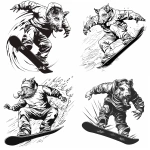
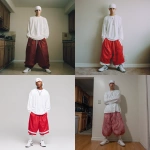








](https://images.ai-img.art/thumbnails/150/83ec831b9fb19e0db5a520b051b9556f3f594b87acc957ffee094a06a565e6f0.webp)
](https://images.ai-img.art/thumbnails/150/738b292720ee21b57673dfb75ad851f4c34d16f5006ae3027ba685feaddb6b04.webp)








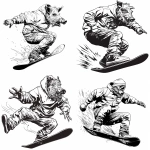

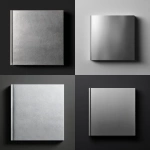
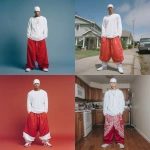
](https://images.ai-img.art/thumbnails/150/807ac97f95d56e8cc7cf714e13299d80bf6bcb5b4d80b77a7f06f30246184943.webp)


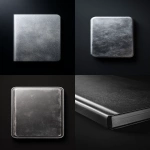

](https://images.ai-img.art/thumbnails/150/fc468fe14407b96489933a55227127071fd5f6c0505be74ca4dcb2f1e2fa3771.webp)
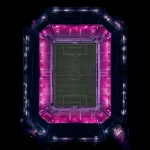


](https://images.ai-img.art/thumbnails/150/908bcb9950a44fd4b37d1a84cf00178988cea9507738d7ad4f92707c692461ef.webp)


](https://images.ai-img.art/thumbnails/150/57afc09cc38edf73880f760b7ebe1852c5522c6b4051836717b2e56b6f7f913c.webp)


](https://images.ai-img.art/thumbnails/150/3ccc82ef0ad0cc1ab1dfb5b8e6bc37924fcad45dadf41cbd1cb21d19fc7f640a.webp)
